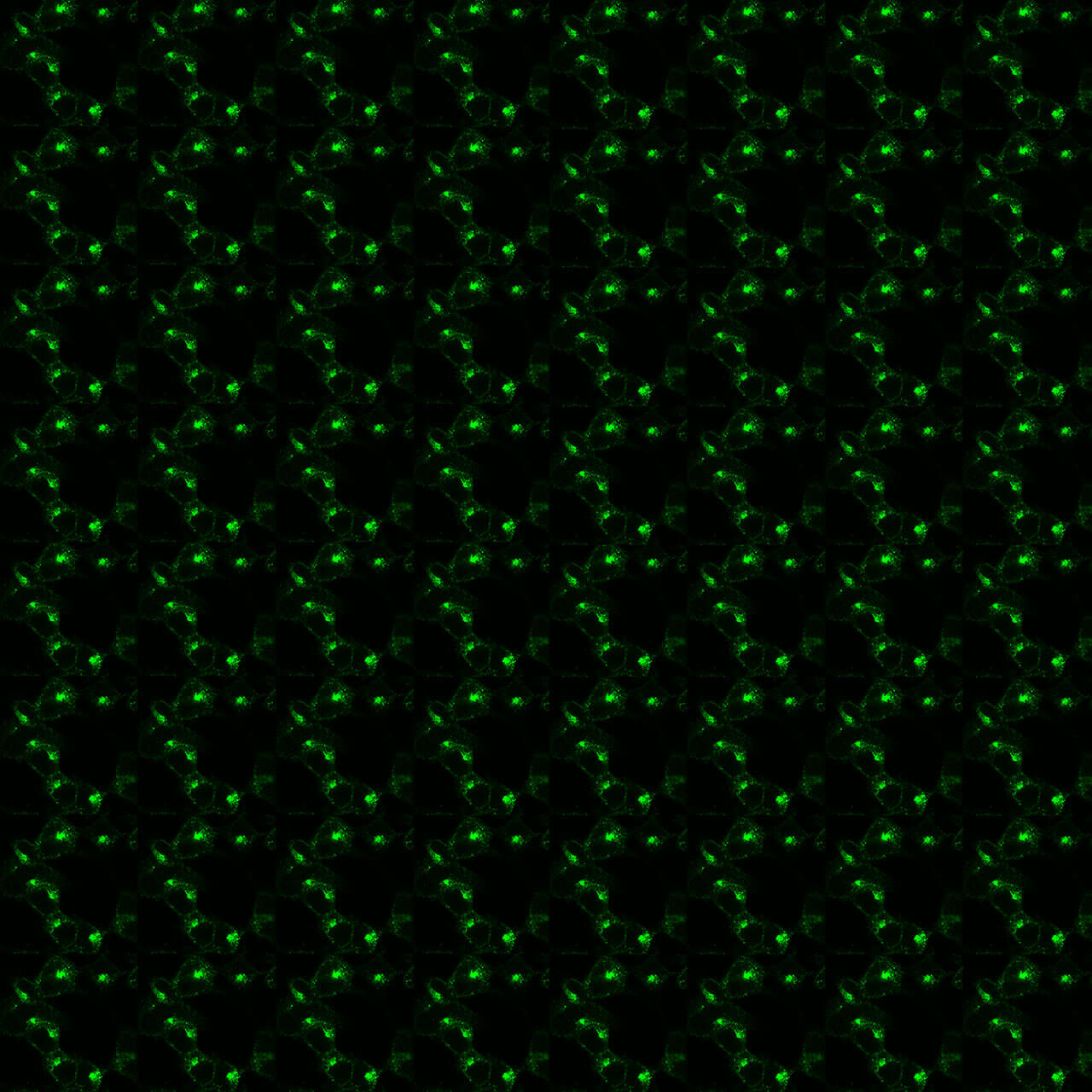No results were found for the filter!
NEW
 pS331/pT332-LPA2 (phospho-Lysophosphatidic Acid...
pS331/pT332-LPA2 (phospho-Lysophosphatidic Acid... Serine331/Threonine332 (S331/T332) is major phosphorylation site of the Lysophosphatidic Acid Receptor 2 (LPA2). pS331/pT332-LPA2 antibody detects phosphorylation in response to agonists. S331/T332 phosphorylation is likely to be...
$ 375.00 *
NEW
 pT323/pS324/pS325-LPA2...
pT323/pS324/pS325-LPA2... Threonine323/Serine324/Serine325 (T323/S324/325) is major phosphorylation site of the Lysophosphatidic Acid Receptor 2 (LPA2). pT323/pS324/pS325-LPA2 antibody detects phosphorylation in response to agonists. T323/S324/325 phosphorylation...
$ 375.00 *
NEW
 pT332/pS335-LPA6 (phospho-Lysophosphatidic Acid...
pT332/pS335-LPA6 (phospho-Lysophosphatidic Acid... Threonine332/Serine335 (T332/S335) is major phosphorylation site of the Lysophosphatidic Acid Receptor 6 (LPA6). pT332/pS335-LPA6 antibody detects phosphorylation in response to agonists. T332/S335 phosphorylation is likely to be...
$ 375.00 *
NEW
 pT338/pS341-LPA1 (phospho-Lysophosphatidic Acid...
pT338/pS341-LPA1 (phospho-Lysophosphatidic Acid... Threonine338/Serine341 (T338/S341) is major phosphorylation site of the Lysophosphatidic Acid Receptor 1 (LPA1). The pT338/pS341-LPA1 antibody detects phosphorylation in response to agonists. T338/S341 phosphorylation is likely to be...
$ 375.00 *
NEW
 pT336/pT338-LPA4 (phospho-Lysophosphatidic Acid...
pT336/pT338-LPA4 (phospho-Lysophosphatidic Acid... Threonine336/Threonine338 (T336/T338) is major phosphorylation site of the Lysophosphatidic Acid Receptor 4 (LPA4). The pT336/pT338-LPA4 antibody detects phosphorylation in response to agonists. T336/T338 phosphorylation is likely to be...
$ 375.00 *
NEW
 pS354/pT357/pT358-LPA4...
pS354/pT357/pT358-LPA4... Serine354/Threonine357/Threonine358 (S354/T357/T358) is major phosphorylation site of the Lysophosphatidic Acid Receptor 4 (LPA4). The pS354/pT357/pT358-LPA4 antibody detects phosphorylation in response to agonists. S354/T357/T358...
$ 375.00 *
NEW
 pT341/pT342/pS345-LPA4...
pT341/pT342/pS345-LPA4... Threonine341/Threonine342/Serine345 (T341/T342/S345) is major phosphorylation site of the Lysophosphatidic Acid Receptor 4 (LPA4). The pT341/pT342/pS345-LPA4 antibody detects phosphorylation in response to agonists. T341/T342/S345...
$ 375.00 *
NEW
 pT351-LPA1 (phospho-Lysophosphatidic Acid...
pT351-LPA1 (phospho-Lysophosphatidic Acid... Threonine351 (T351) is major phosphorylation site of the Lysophosphatidic Acid Receptor 1 (LPA1). The pT351-LPA1 antibody detects phosphorylation in response to agonists. T351 phosphorylation is likely to be involved in efficient ligand...
$ 375.00 *
NEW
 pS344/pS346/pS347-LPA1...
pS344/pS346/pS347-LPA1... Serine344/Serine346/Serine347 (S344/S346/S347) is major phosphorylation site of the Lysophosphatidic Acid Receptor 1 (LPA1). The pS344/pS346/pS347-LPA1 antibody detects phosphorylation in response to agonists. S344/S346/S347...
$ 375.00 *
NEW
 LPA3 (non-phospho), Lysophosphatidic Acid...
LPA3 (non-phospho), Lysophosphatidic Acid... The non-phospho-LPA3 receptor antibody is directed against the distal end of the carboxyl-terminal tail of human LPA3. It can be used to detect total LPA3 receptors in Western blots independent of phosphorylation. The LPA3 antibody can...
$ 375.00 *
NEW
 LPA5 (non-phospho), Lysophosphatidic Acid...
LPA5 (non-phospho), Lysophosphatidic Acid... The non-phospho-LPA5 receptor antibody is directed against the distal end of the carboxyl-terminal tail of human LPA5. It can be used to detect total LPA5 receptors in Western blots independent of phosphorylation. The LPA5 antibody can...
$ 375.00 *
Recently viewed

